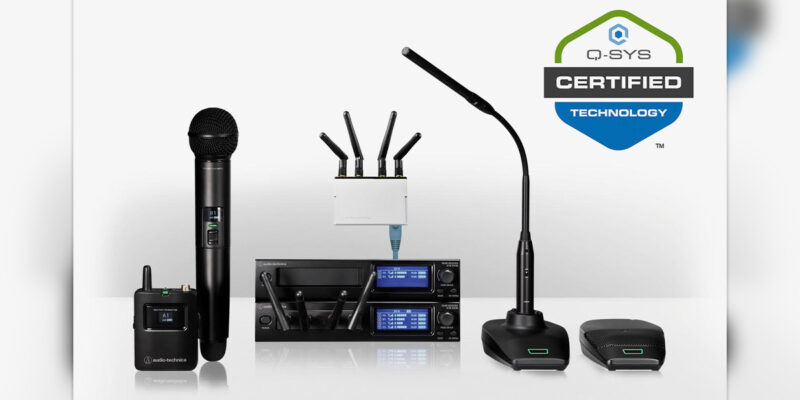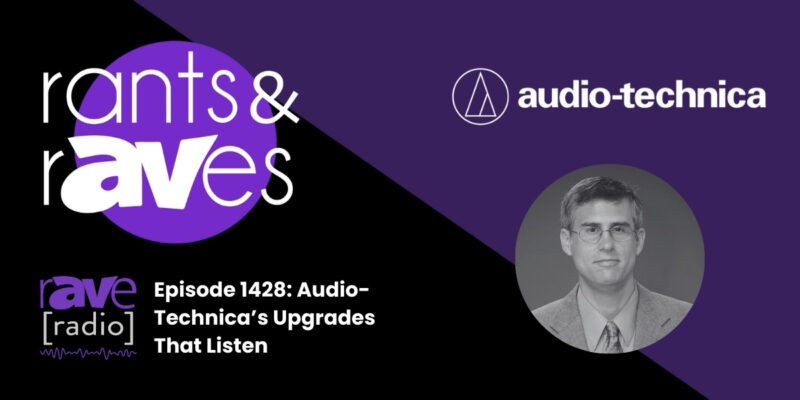Choir Mic Placement and Evaluation for St. Francis of Assisi Catholic Church
 A cheerful summer season to you from Central Oregon!
A cheerful summer season to you from Central Oregon!
While many industries seem to slow down during the summer months, the AV Bend team is as busy as ever. So far this month, we have been active in our community and I would like to share a project review of choir mic placement and evaluation that we are completing for Saint Francis of Assisi Catholic Church in Bend, Oregon.
Let’s talk about spacing. For this location and situation, we determined the old 3:1 rule would apply with a conventional microphone like audio-technica’s. The spacing should be three (3) times the distance of the mic from the front row. So, if the mic is four (4) feet in front of the first row, then the mics should be spaced every twelve (12) feet.
Let’s talk about height. As far as height goes, we achieve good results at ten (10) feet above the floor or three (3) feet above the head of the front row. This seems to be a good general guide for placement.
Let’s talk about positioning. I’m not 100% certain but the mics appeared to be pointing more or less down and flat towards the choir. If they were more in front and angled forward that may make the choir louder in the mics. However, I could see that the pipe organ pipes overhead is a potential major headache; I think maybe the mics are positioned that way for a reason.
Let’s talk about frequency. I would also suggest using a High Pass filter to block all frequencies below 100hz from being reproduced through the choir mic to help clean up the sound (and mitigate some of the omni directional low frequencies from the organ which would mask or muddy up the sound from the choir.)

A reference picture of the inside of St. Francis Church in Bend, Oregon
Let’s refer to audio-technica’s resource guide. According to their introductory paragraph, the ideal sound system in a place of worship should make speech and music clearly and comfortably audible, yet never draw attention to itself or its operation. Meeting these objectives can be a challenge, given the diverse requirements such systems are often asked to fulfill and the added frustration of dealing with difficult acoustic conditions. For although many worship spaces are visually impressive and excellent for music, their reverberation times may be long enough to “muddy” the sound, seriously reducing speech intelligibility. And reverberant environments tend to accentuate interference from distracting noises such as coughs, baby cries, rustling of pages and dropped hymn books.
Regardless of acoustic constraints, careful selection and application of both loudspeakers and microphones can go a long way toward achieving maximum clarity and overcoming auditory distractions with natural, easy-to-listen-to sound. Assistance in the art and science of loudspeaker selection and placement is available in many books and other resources.
Their guide is dedicated to helping you develop an ideal system through thoughtful selection and application of microphones and system accessories. If you are interested in learning more about this topic, other subjects include:
- The Basic Sound System
- Why Condenser Microphones
- Why Unidirectional Microphones
- Specific Applications such as Pulpit, Choir, Clip-on, Handheld, etc.
- Miking Musical Instruments
Let’s connect if you need help. As always, I will take the time to get to know your organization so that my team can present a comprehensive Audio Visual solution to solve presentation challenges. The bottom-line is your bottom-line. Around here, it really is all about you!
Enjoying the diversity of businesses I service!
Tony, the AV guy





